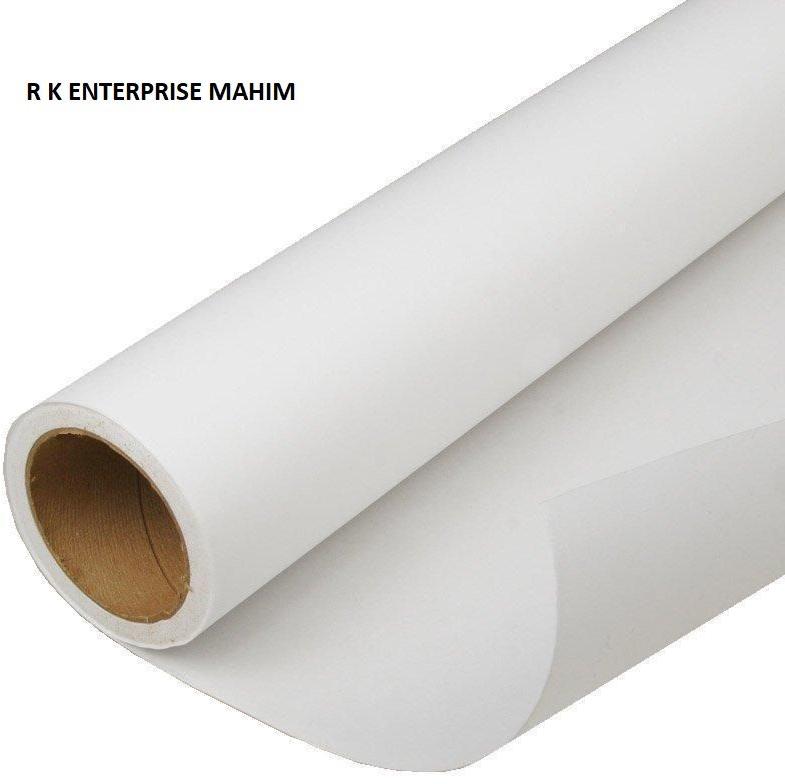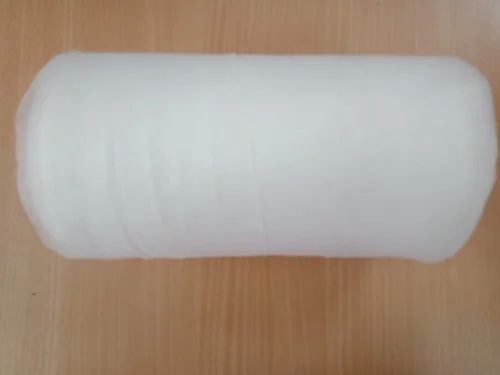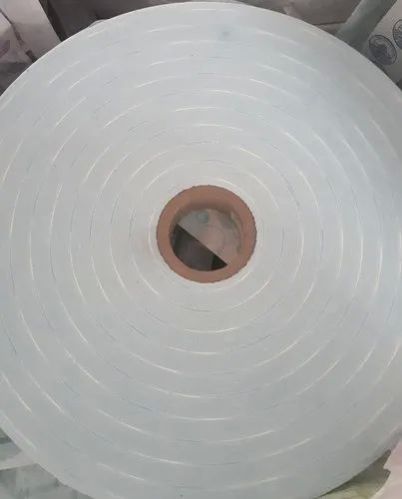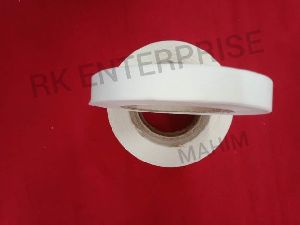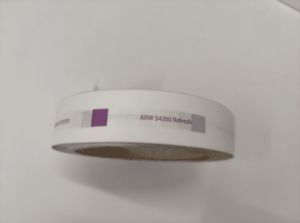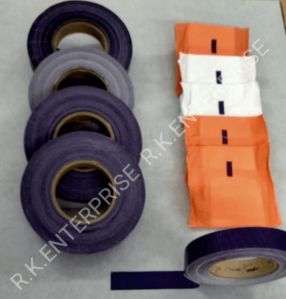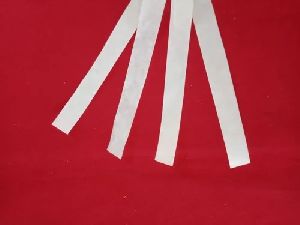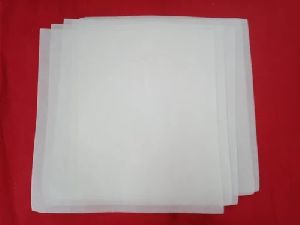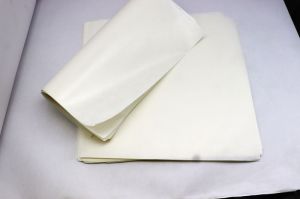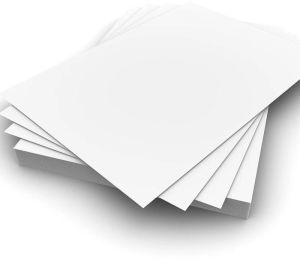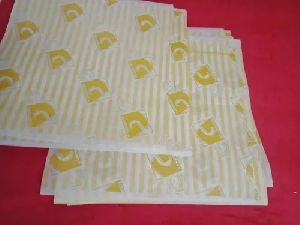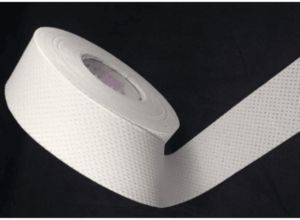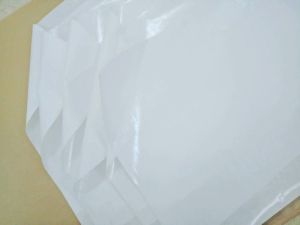Mahim, Mumbai, Maharashtra
- GST NO. : 27ADXPN7508A1ZA
| Business Type | Manufacturer, Supplier |
| Brand Name | RK |
| Pulp Material | PAPER |
| Color | Black, White |
| Click to view more | |
Preferred Buyer From
| Location | Worldwide |
Product Details
Condition
New
Size
10x5feet, 12x6feet, 14x7feet, 3.7MM
Feature
Eco-friendly, Good Quality
Technics
Handloom Work
Pattern
Plain
Type
Paper Rope
Country of Origin
India
GSM
90
Product Code
90D4
Diameter
1-10mm
Item
PAPER ROPE
Delivery Time
5 DAYS
Packaging Details
GOOD PACKING QULYTI
Uncoated paper is made from wood pulp and is often used for printing and writing. Unlike coated paper, which has a glossy or matte surface finish, uncoated paper has a more natural, textured feel and absorbs ink better. It is available in both rolls and sheets, making it suitable for different printing and publishing needs.
Specifications of Uncoated Paper Roll & Sheet-
Material Composition:
- Made from wood pulp (either recycled or virgin fiber).
- The paper may also contain small amounts of fillers like calcium carbonate or clay to enhance opacity and smoothness.
-
Grammage (Weight):
- The weight is typically measured in grams per square meter (gsm).
- Common weight ranges: 70 gsm to 200 gsm.
- For example: 80 gsm for office paper, 120 gsm for brochures, 150 gsm for posters.
-
Finish:
- Texture: The paper can have a rough, smooth, or vellum texture. The texture of uncoated paper is often noticeable, offering a more natural feel than coated papers.
- Opacity: Uncoated papers typically have moderate opacity, which means there might be some see-through when printed on both sides, depending on the weight of the paper.
-
Brightness:
- Brightness is usually between 80 to 90 on the TAPPI scale (the standard for measuring paper brightness).
- It offers a natural, soft white color but not the intense whiteness of coated papers.
-
Surface Quality:
- Uncoated smooth: Ideal for high-quality text printing and publications.
- Uncoated rough: Suitable for artistic applications like high-end invitations, or fine art prints.
-
Durability and Strength:
- Tensile strength: The paper tends to be durable, with good tensile strength.
- Resistant to tearing but can be more prone to wrinkles compared to coated paper.
-
Printability:
- Ink absorption is higher, which means prints may appear softer than on coated papers.
- It is ideal for offset printing, digital printing, letterpress, and some forms of flexography.
- Absorbs ink easily and is compatible with most standard ink types.
-
Sizes:
- Sheets: Typically available in standard sizes such as:
- A4 (210 x 297 mm)
- A3 (297 x 420 mm)
- Letter (8.5 x 11 inches)
- Legal (8.5 x 14 inches)
- Custom sizes as per the customer requirement.
- Rolls: Available in various widths and lengths, depending on the printer’s needs.
- Common widths: 24, 36, 42, 48 inches.
- Length: Can range from 100 meters to several kilometers, depending on the manufacturer and application.
- Sheets: Typically available in standard sizes such as:
-
Environmental Impact:
- Uncoated paper is often seen as more environmentally friendly because it can be produced with a higher percentage of recycled content and is biodegradable.
- Many uncoated papers are FSC certified, meaning they are sourced from sustainably managed forests.
- Office Use: For letterheads, presentations, memos, and reports.
- Printing & Publishing: Books, magazines, brochures, and business cards.
- Packaging: Shopping bags, gift packaging, and labels.
- Stationery: Invitations, notepads, and envelopes.
- Marketing Materials: Flyers, posters, and catalogs.
- Natural look and feel: It provides a tactile, natural appearance that some businesses and designers prefer.
- Better ink absorption: Ideal for high-quality text prints.
- Versatility: Suitable for a wide range of applications, including art, text, and general printing.
- Ink Smudging: Because of the higher ink absorption rate, there's a risk of ink smudging, particularly in fast-drying methods.
- Less Vibrancy: Colors printed on uncoated paper tend to be less vibrant than on coated paper.
Looking for "Uncoated paper Roll And Sheet" ?
Kilogram
Explore More Products


